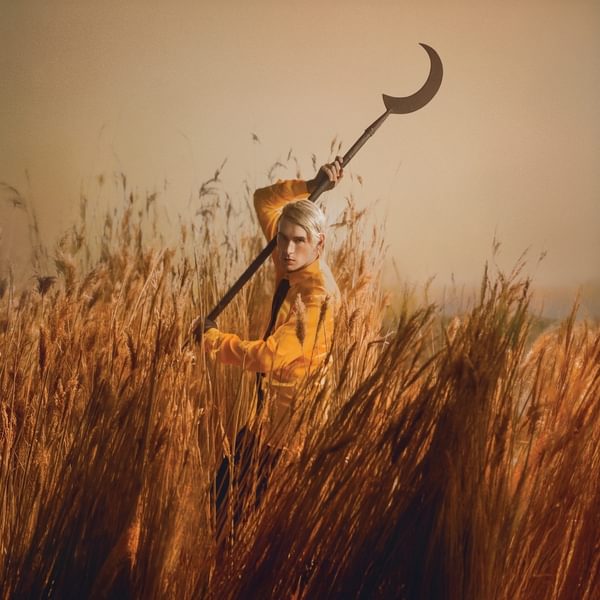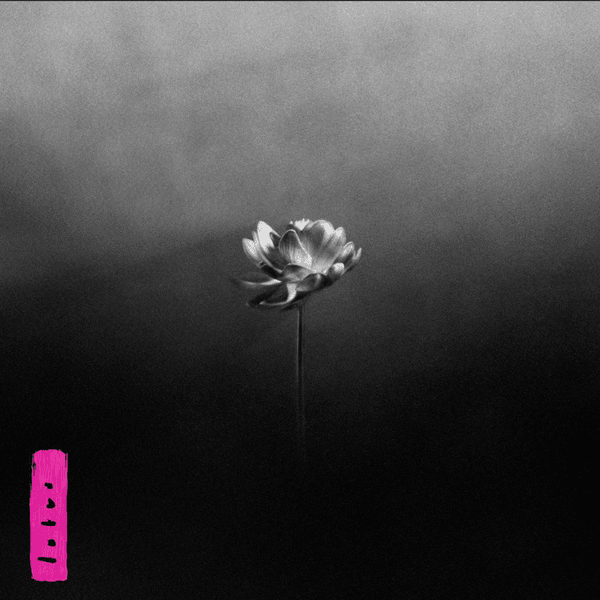Äänen Lumo Festival – Helsinki, Finland 8-14 November 2010
-
Laura Naukkarinen (Lau Nau) of Hertta Lussu Ässä
Every now and then we are told, by whom I’m not sure– Buddhist monks? Old people? Folk musicians?–that quiet is the new loud. I always want to believe that. But all too often, loud goes back to being the new loud. From the din of the pub to the bustle of the street to super-saturated “hot production” on the radio, it’s just a loud world we live in.
But as the opposite of loud, quietness is not an absence of sound or a ceasing of activity. It is a revealing of a lot more sound. Pipes softly clanking, cat paws pattering, pencils scratching, tall grass rustling, birdsong warbling—the “quiet” world is a positive, alert, active place. Which is why I treasure events like the Äänen Lumo Festival for New Sounds, held recently in Helsinki. Not so much for the quietness per se—a couple of the gigs I attended most definitely required earplugs—but for its curators’ recognition that to have meaningful loudness, you must have a good deal of real, lively quietness too. Äänen Lumo (literally, “the charm of sound”) was like quietness itself, a great uncovering, a liberation of sound.
I knew I was in the right place when I first turned up at Kiasma, the curvy modern art museum in the center of town. There in the lobby, the museum ambience was punctuated by strangely magical-sounding chimes whose source was difficult to place; they seemed to migrate and bounce around depending on which way one looked. The source of the mystery turned out to be museum-goers themselves, playing with Florian Hecker’s Ääniraudat, an array of tuning forks pitched at special frequencies difficult for human ears to localize. I had a go at tapping out a few notes; now it was my turn to disorient the punters coming though the door. Senses just a little off balance, I was starting to slip down the rabbit hole.

Adventurous pianist Magda Mayas
In the Kiasma theatre I was soon pushed the rest of the way down by the duo of drummer Tony Buck and pianist Magda Mayas. Their organically chaotic blend of prepared piano and exquisitely textured percussion won me over with its dynamic warmth and seismically shifting mutations. Performing live, they made it look free and easy, but these two virtuosos are at the top of their game, cheerfully walking through the door that John Cage opened so long ago.
The same might be said of composer Shinji Kanki. For his symphony “The Art of War,” the Finland-based Japanese expat assembled a couple dozen Helsinki artists, each “playing” random and simultaneous selections from their own boomboxes, iPods, and mobile phones, all “conducted” through four movements by Finnish artist Erkki Pirtola, who frankly looked like a mad-eyed drunk who had just stumbled off the tram. As dodgy as it might sound on paper, this very Cagean “chance operation” hung together in its own way, ebbing and flowing with surprising emotional clarity. The final movement of the piece—in which all of the performers sang the Finnish national hymn in rousing unison–was by turns caustic, playfully tongue-in-cheek, or genuinely stirring; I still can’t decide. Not easily forgettable, in any case.

Finnish artist Erkki Pirtola conducts Shinji Kanki’s symphony “The Art of War”
By this point, I was ready for just about anything. It was an opportune time for the “three witches” of Hertta Lussu Ässä (comprised of Finnish folk notables Islaja, Lau Nau and Kuupuu) to roll out their magic carpet festooned with instruments and balloons and premier some new work. The three women, crouched on a large blanket over their keyboards, strings and electronics, seemed at times to disappear into their own ghostly but child-like visual presentation, blending their individually eccentric musical approaches to create a uniquely supernatural atmosphere of drones and lullabies. If this intoxicating show was anything to go by, the trio’s first album (to be released early in 2011) will be a neofolk event.

The “three witches” of Herttu Lussu Ässä: (l-r) Jonna Karanka (Kuupuu), Laura Naukkarinen (Lau Nau), and Merja Kokkonen (Islaja)
In the small Kokoteatteri across town, Gothenburg-based electro duo Trapped In A Loop concocted a loud but danceable racket for guitar, trombone and bullhorn, bringing a blast of punk to ironically set the table for a quieter affair between Japanese turntablist DJ Sniff and veteran British experimentalist and writer David Toop. Long an advocate of “active listening” on an ambient level, the flute-wielding Toop lightly embroidered the duo’s shifting, colourful electronics with floating, bent melodies. The pair’s balancing act could have easily gone very wrong in another setting, but the relaxed audience, who came seeking exactly this sort of fragile pleasure, let themselves be taken along. I didn’t know a soul in attendance, but it felt like I was among friends nonetheless.

British experimentalist David Toop
The next afternoon, we nameless friends started to recognize each other as we rode the municipal ferry out to Suomenlinna, the 18th century sea fortress that used to guard Helsinki, for the final events of the festival. Playing in the fortress’s old Mill Hall situated amid historic battlements and the moody Baltic, Tommi Keränen chose to work with his majestic surroundings rather than struggle against them. Guests were invited to wander about the hall during his lengthy, soporific essay in ambient tonal development; on the upper level overlooking Keränen’s work table, at least a couple of festival goers were even contentedly enjoying short naps. Any thoughts of sleep, however, would soon be banished by the astonishing noise-synth workout between Germans Marcus Schmickler and Thomas Lehn, making dramatically full use of the dynamic range perceptible to human ears. The thunder of war had returned to Suomenlinna.
I was wondering how this could possibly wind down after such a violent storm, but peace returned with the arrival of Japanese married couple Saya and Takashi Ueno of Tenniscoats, emerging from the intimately gathered crowd with an acoustic guitar and melodica. (A little while later Schmickler–the warrior, made tame–also joined in.) As Saya moved about the suddenly cosy Mill Hall, playfully throwing her voice against the vaulted geometry of the reverberant ceiling and singing the gentle tune of “Baibaba Bimba,” we were presented with nothing less than a joyful, bona fide pop concert, ringing out in entirely unamplified simplicity. It was delightful.

Japanese duo Tenniscoats
As a fitting conclusion to the festival, Tenniscoats pointed the way forward. Riding the ferry home in the chilly November night, I reflected that the usual practice with live gigs, no matter what the supposed type of music a band plays, is to plug in, turn it up, and suppress the rest of the room, by brute force if necessary. Usually this is the only practical thing to do—to have a chance against the dull roar of clinking glasses and simultaneous conversations and god knows what else. Undoubtedly, Äänen Lumo’s unusual venues helped overcome this needlessly fatiguing aural tug of war, a fundamental problem of modern live music culture. Though avant-garde music has the reputation of being “difficult” or otherwise somehow “against” audiences, this festival demonstrated the opposite. More often than not, given the space to open my ears, I found myself invited, intrigued, seduced. These were musicians who drew you in, who had something to say with their music and were happy to share it. The artists, even the ones who took it up to 11 every now and then, didn’t rely on your ears’ submission. Just their consent.
Consider me charmed.

The guns of Suomenlinna, the 18th-century sea fortress guarding Helsinki
- Upchuck sign to Domino and share Ty Segall-produced track, "Plastic"
- Motion City Soundtrack announce first album in a decade, The Same Old Wasted Wonderful World
- Winter joins forces with Horse Jumper of Love on new single, "Misery"
- Watch Speedy Wunderground-signed experimentalists O. live in session
- Bicep collaborate with indigenous artists on new project, TAKKUUK
- Noah Cyrus details second album, I WANT MY LOVED ONES TO GO WITH ME
- Just Mustard return with first release in three years, "POLLYANNA"
Get the Best Fit take on the week in music direct to your inbox every Friday

Patrick Wolf
Crying The Neck







